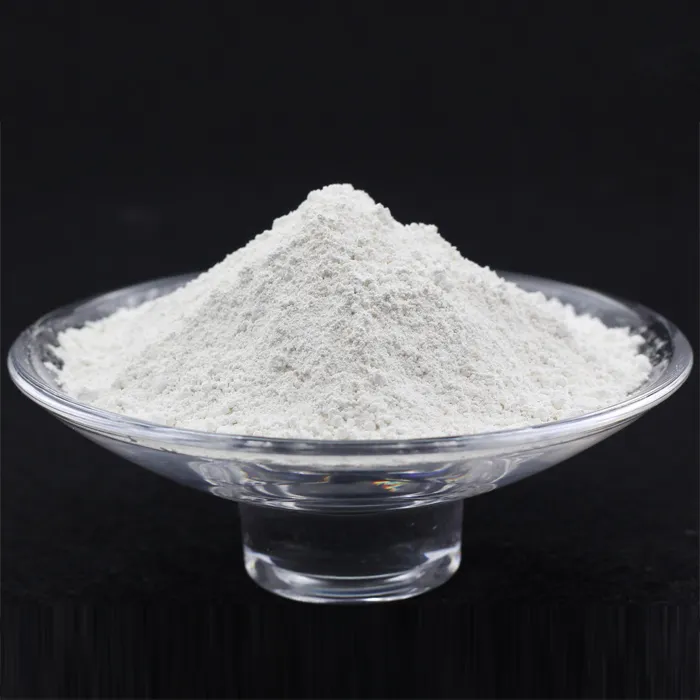Pentoxifylline for Intermittent Claudication An Overview
Intermittent claudication (IC) is a prevalent condition among individuals with peripheral artery disease (PAD), characterized by muscle pain, typically in the legs, during physical activities such as walking or climbing stairs. This discomfort arises due to insufficient blood flow and oxygen to the muscle tissues. For patients suffering from IC, finding effective treatments to relieve symptoms and enhance quality of life is crucial. One medication that has garnered attention in the management of intermittent claudication is Pentoxifylline.
What is Pentoxifylline?
Pentoxifylline is a xanthine derivative that primarily functions as a phosphodiesterase inhibitor. Approved for use in various conditions, it is traditionally employed to improve blood flow in patients experiencing circulation issues. Its capacity to enhance the flexibility of red blood cells and reduce blood viscosity makes it a compelling option for clinical use in patients with IC.
Mechanism of Action
The primary mechanism by which Pentoxifylline benefits intermittent claudication is through its effects on the microcirculation. By inhibiting phosphodiesterase, Pentoxifylline increases intracellular cyclic adenosine monophosphate (cAMP) levels, leading to relaxation of the vascular smooth muscle and promotion of vasodilation. This process improves blood flow to ischemic tissues, thereby alleviating symptoms associated with reduced oxygen supply during exertion.
Furthermore, Pentoxifylline has been shown to enhance blood flow by facilitating the reformation of oxygen-holding capacity in the blood, improving perfusion, and reducing thrombus formation. These multiple mechanisms contribute substantially to its therapeutic benefits for individuals with IC.
Clinical Efficacy
Numerous clinical trials have investigated the effectiveness of Pentoxifylline in the treatment of intermittent claudication. Research indicates that patients taking Pentoxifylline often experience a significant increase in their walking distance and overall exercise tolerance. Studies have reported an improvement in claudication onset time, with some patients experiencing pain relief sufficient to engage in daily activities that were previously challenging.
pentoxifylline for intermittent claudication

In a meta-analysis involving several randomized controlled trials, Pentoxifylline was found to be superior to placebo in enhancing pain-free walking distance, with some studies reporting an improvement of 25–50% over baseline measurements after several weeks of treatment
. These findings underscore Pentoxifylline's potential as an effective pharmacological intervention for managing intermittent claudication.Safety and Tolerability
The safety profile of Pentoxifylline is generally favorable. Most patients tolerate the medication well, and side effects are relatively mild when they occur. Common adverse effects include gastrointestinal disturbances, such as nausea, vomiting, and mild abdominal discomfort. Rarely, serious side effects, including allergic reactions and significant hypotension, may occur but are uncommon.
Given its favorable safety profile, Pentoxifylline can be considered a viable option for patients who may be intolerant of other treatments for IC, such as cilostazol, which has been associated with a higher likelihood of side effects.
Conclusion
Pentoxifylline presents a promising, well-tolerated option for managing intermittent claudication in patients with peripheral artery disease. Its ability to enhance blood flow and alleviate exertional pain may significantly improve patients' quality of life, enabling them to engage in regular physical activities. While the results of clinical trials indicate its efficacy, careful patient assessment and monitoring remain essential for optimizing treatment outcomes.
It is important for patients experiencing symptoms of intermittent claudication to consult a healthcare provider for a comprehensive evaluation and appropriate management plan. Pentoxifylline can be an integral part of a broader approach that includes lifestyle modifications, supervised exercise programs, and possibly other medications, depending on individual patient needs.
In summary, as research continues to evolve, Pentoxifylline may establish itself as a key agent in the management of intermittent claudication, offering hope and relief to those affected by this challenging condition.

